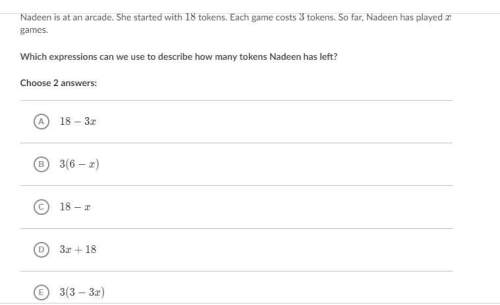
Mathematics, 20.09.2020 05:01 seth3336
If $a>0$ and $b>0,$ a new operation $\nabla$ is defined as follows:$$a \nabla b = \frac{a + b}{1 + ab}.$$For example,$$3 \nabla 6 = \frac{3 + 6}{1 + 3 \times 6} = \frac{9}{19}.$$Calculate $(1 \nabla 2) \nabla 3.$

Answers: 1


Other questions on the subject: Mathematics

Mathematics, 21.06.2019 17:40, nicole5918
Which of the following are accepted without proof in a logical system? check all that apply.
Answers: 1

Mathematics, 21.06.2019 19:00, cathyfrawley
Thee blue triangle has rotated from quadrant i to quadrant iii about the origin. describe the effects of the rotation on the coordinates of the blue triangle.
Answers: 3


Mathematics, 21.06.2019 23:00, erbnichole
Graph the system of equations on your graph paper to answer the question. {y=−x+4y=x−2 what is the solution for the system of equations? enter your answer in the boxes.
Answers: 1
You know the right answer?
If $a>0$ and $b>0,$ a new operation $\nabla$ is defined as follows:$$a \nabla b = \frac{a + b}...
Questions in other subjects:



Physics, 31.07.2020 14:01







Biology, 31.07.2020 14:01




